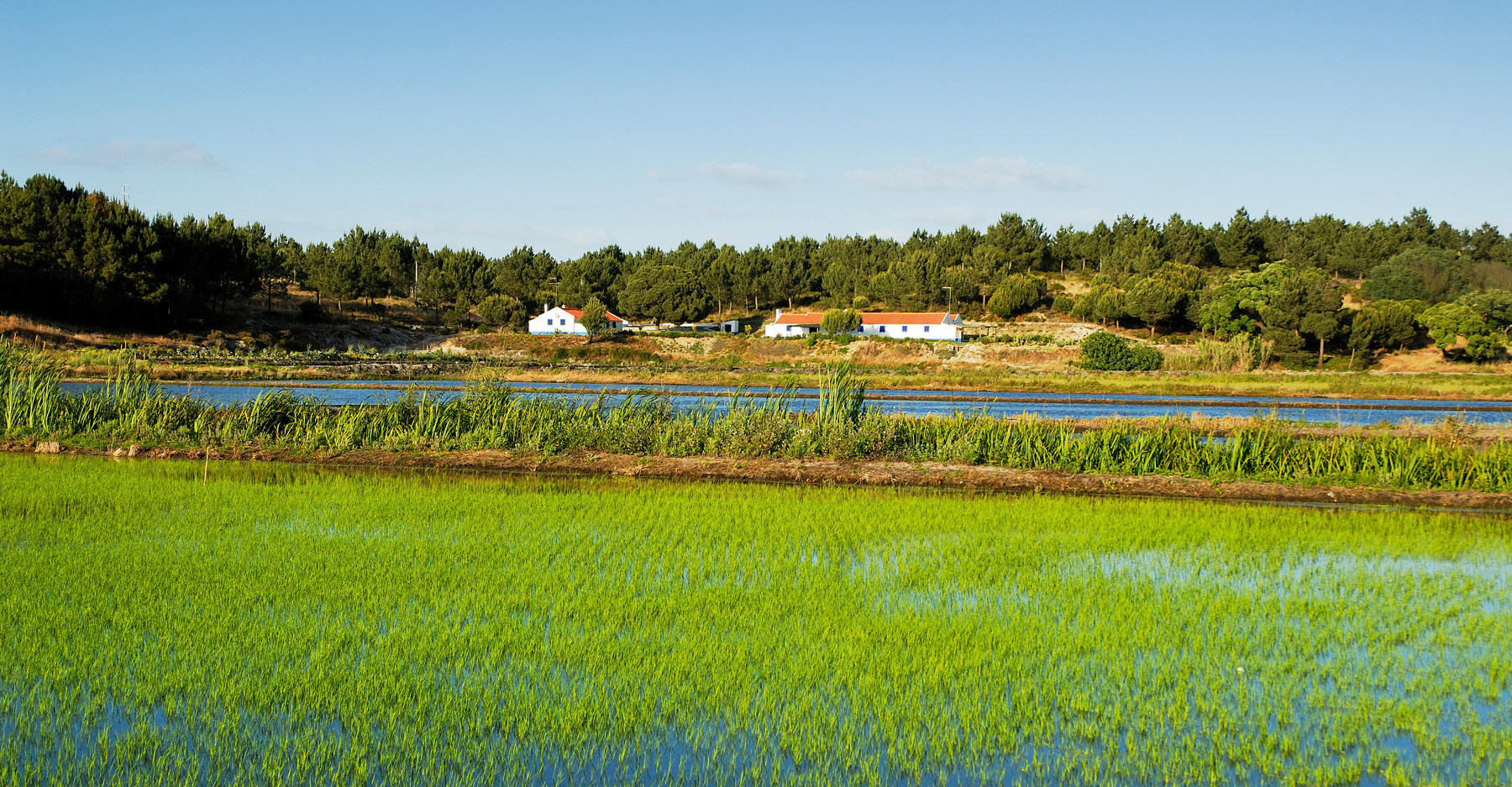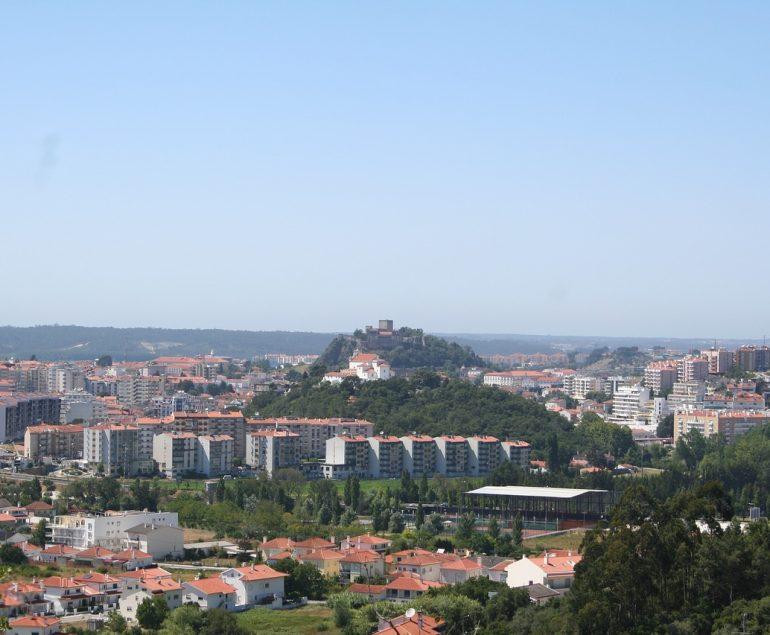This town, with the same name as the mountain, is located on the right bank of the Ponsul River, on the south side of the Penha Garcia Mountain foothill, and is notable for the numerous fossils discovered there (trilobites).
Penha Garcia had to have been a Lusitan Castro at one point (a Celtic village). Only the church of the Esprito Santo (16th century) remained intact of the four that previously stood here. Two of the church ruins have been rebuilt (Saint Lourenço and Saint Sebastio). The mother church, built in the 16th century, contains a gothic picture of Our Lady of Leite (milk).
A special mention should be made of the castle ruins, the pillory (from Dom Sebastio’s reign), the manors, the community ovens, the dam, and the mills. Penha Garcia, previously the parish’s siege (extinct in 1836), contains around 1000 residents who produce adufes (a type of tambourine), embroideries, wood, cork, and iron things, and other items.
The primary drawcard for visitors to Penha Garcia is, without a doubt, the breathtaking vistas around the village and the town’s history. Come and explore this village steeped in tales and customs
Watermills on the Ponsul River of Penha Garcia

Integral to the geology of the area, the watermills, with their distinctive design sculpted by the cliffs, but also the irrigation systems, barns, pig arks, wood-fired ovens, and vegetable fields… The “Ti Serrano” watermill demonstrates the size of the mills’ interiors and the technology utilized from the 16th century until the early 1980s. Visitors to other mills can interact with the tools utilized in this activity. Today, one of the ancient barns serves as a museum, displaying the Fossils exhibition. This area is referred to as “The Fossils’ House” (Casa dos Fósseis), and it houses around 400 specimens of ichnofossils representing approximately 17 distinct behavioural modes, as well as various minerals from surrounding layers.
Penha Garcia Castle

The medieval castle is located at the village’s highest point, on the southern slope of the Serra de Penha Garcia and overlooks the Pônsul River. Built on the orders of Portugal’s second ruler, King Sancho I, the stronghold serves as a reminder that, due to its proximity to Spain’s border, Penha Garcia was once an integral element of the country’s strategic defensive system.
Both the town and castle were handed to the Order of St James in the 13th century, and at the turn of the next century, they changed hands and became the property of the Order of the Knights Templar. The castle is now a mere shadow of its former splendour.
Fonte do Pego river beach

The levada (irrigation channel) that feeds this natural pool at the base of the cliff face generates a cascade, which flows into the pool. Note that while the scenery is gorgeous, there are no amenities available other than a couple of toilets in one of the stone structures.




